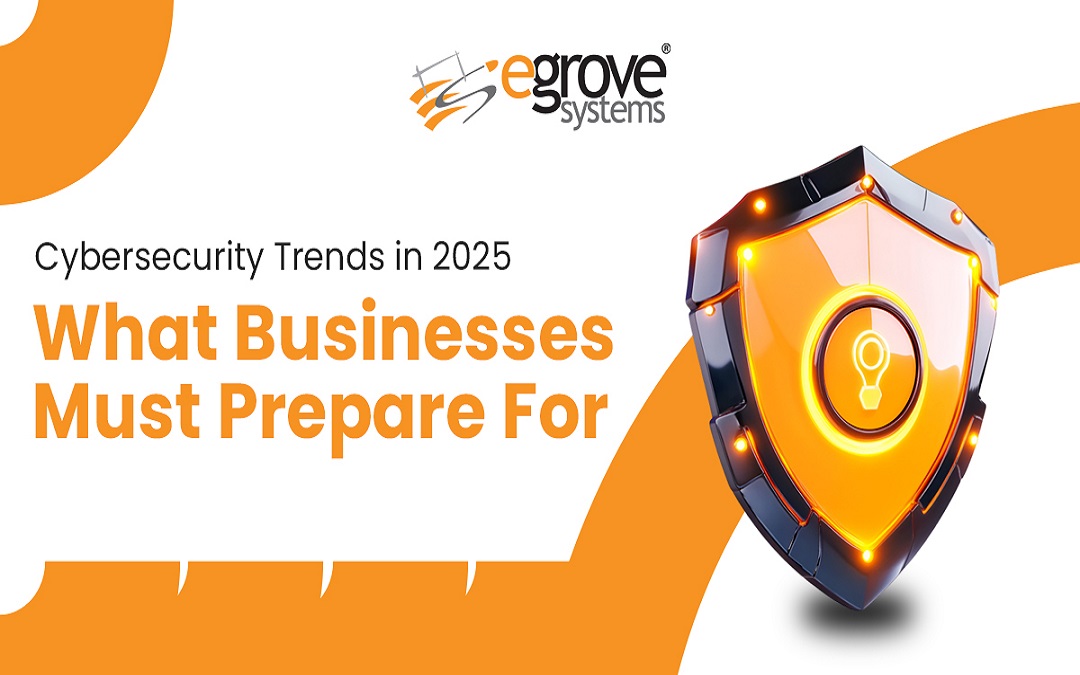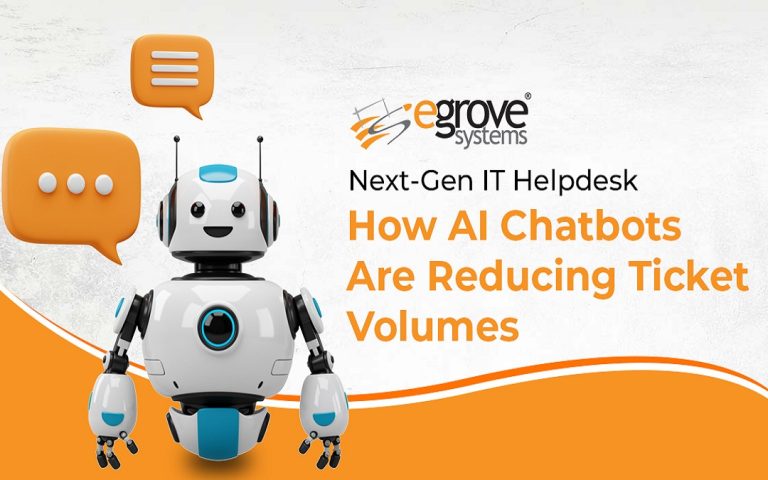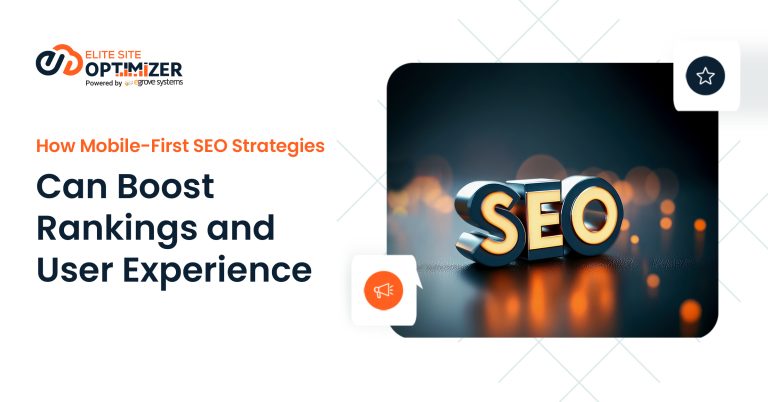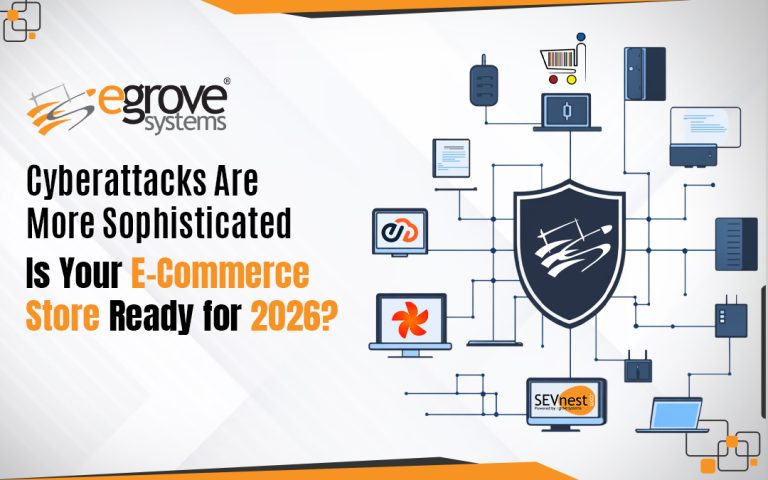It wasn’t too long ago when cybersecurity meant having access controlled systems that prevent threats to client data. But over the last 10 years, cybersecurity requirements and practices have changed. They change every year because of the increasing sophistication of cyber threats. Businesses must stay on top of cybersecurity trends and proactively adjust security enhancing implementations and practices to maintain their credibility and client trust. That way, companies can stay ahead of the dangers, keep their website safe for users and keep sensitive data away from hackers.
Top Cybersecurity Trends 2025 Are
In 2025, security against cyber threats is crucial for businesses. To prepare for threats that are getting more sophisticated, you need to anticipate cybersecurity threats according to the following trends.
Threats From AI
AI has changed the cybersecurity landscape by making every organization more capable of identifying and addressing threats. Cybercriminals also used AI to create more complex cyber attacks. AI made it easier for cybercriminals to get around basic controls and restrictions because they can use it to get around them.
What This Means
- Complex Phishing Attacks: AI allows hackers to craft super realistic phishing emails, higher chance of organizational breaches.
- Malware Deployment: Traditional security measures can’t keep up with the rapid development and deployment of malware by hackers and cybercriminals.
Recommended Actions:
- Use AI-Based Security Solutions: Use AI-enabled threat mitigation systems to identify and address the risks in real-time.
- Update Regulations: Make sure that the business software and systems are updated regularly to protect against newer threats.
Verification-Focused Architecture
As the remote workforce and cloud services become the new norm, the perimeter-based security model is no longer relevant. In a user system, whether external or internal, a risk exists for every user, and the Zero Trust Architecture premise is that each device owned by the user is compromised. In 2025, verification will be a must. Have a security framework that has zero trust.
Key Elements of ZTA:
- Continuous Authentication: confirm user identity every time they log in.
- Give users only the least amount of access they require to fulfill their duty. This is known as least privileged access. A need-to-use basis for access is an excellent policy.
Considerations for Implementation:
- Use multi-factor authentication: Security can be bolstered with multi-factor authentication systems.
- Monitor user behavior: Implement technology to detect unusual user behavior.
Striking a Balance Between Compliance and Security
Tightening of data privacy laws, disclosure laws, and cross-border regulations can be observed everywhere in the world as a response to the ever-rising cybersecurity threats. What was once a checkbox exercise is now an evolving point that can influence how systems are architected in organizations. Preparing for this includes:
- Creating a map to know where the data resides
- Embedding compliance from day one in the product development process
- Assuming shorter timelines for disclosures.
Identity Is the New Battleground
The biggest challenge and threat to cybersecurity is that attackers have stopped breaking into systems for the most part. They can now simply log in. Compromised credentials, session hijacking, and stolen tokens position identity as the number one attack-inducing factor. For businesses to prepare for this, it is essential to:
- Eliminate passwords when appropriate.
- Deploy short-lived credentials.
- Monitor user behavior continuously, and remove standing admin privileges.
Ransomware-as-a-Service (RaaS)
The emergence of RaaS platforms has lowered the entry point for cybercriminals, allowing even those with a limited technical skill set to launch ransomware attacks. This trend is expected to give way to rising and increasing severity of ransomware attacks. For businesses, this comes in the form of concerns like:
- Expanded Attack Surface: Continued proliferation of RaaS platforms increases potential targets for cybercriminals.
- Increasing Ransom Amounts: Attacks may lead to increasingly higher ransom demands affecting short- and long-term financial stability.
Recommended Actions:
- Backups: Ensure regular backups of critical data, taking security concerns into account.
- Staff Training: Educate employees on the IT helpdesk on identifying phishing attempts and social engineering attacks.
Quantum Computing
The emergence of quantum computing could one day render all current encryption methods obsolete and pose a significant risk to data security. Though it is not possible to conduct quantum attacks now, organizations must still take steps to prepare for their implications, such as:
- Post-Quantum Cryptography: Start migrating to quantum-resistant encryption algorithms.
- Crypto Agility: Consider your system-deployed version of cryptographic algorithms, and create systems that can deploy different cryptographic algorithms to adapt on the fly quickly.
Supply Chain Vulnerabilities
Cyberattacks directed at third-party vendors and suppliers are becoming more common. As such, cybersecurity trends 2025 are emphasizing the need to care more about the supply chain and the need for significant improvements to supply chain security.
Risk Factors:
- Third-party Access: Vendors with access to internal systems can serve as an opening for the attackers to enter.
- Shared Responsibilities: It is often not clear what the responsibilities are regarding the security between the organization and suppliers.
Recommended Steps:
- Conduct regular audits: Conduct audits regularly, looking for poor security practices with the third-party vendors.
- Establish clear agreements: When negotiating procurement of services with suppliers, include in the contracts the expectations for what security a supplier is responsible for.
From Alert Fatigue to Intelligent Automation
Cybersecurity teams are drowning in system noise and are challenged by alert fatigue. Automated response systems are helping to improve response times, but they all need to be tuned so that it does not interfere with and disrupt legitimate business activity.
Conclusion
In 2025, cybersecurity calls for ongoing attention to detail, flexibility, and initiative. Ransomware, AI-driven threats, and even quantum computing considerations are all examples of how cyber threats are changing. Organizations must challenge conventional thinking, adopt new technologies, and proactively and continually evaluate their security position. Cyber is a significant target for hacker disruption, so companies that plan for these new situations and take decisive action will be in a better position to protect their data, security, operations, and brand in a world that is becoming more and more digital.







